The end-Cretaceous mass extinction, which wiped out approximately 75% of all species on Earth, including the non-avian dinosaurs, has long been regarded as a sudden, catastrophic event. Conventional wisdom holds that the impact of a massive asteroid in what is now Chicxulub, Mexico, delivered a swift deathblow to Earth’s ecosystems around 66 million years ago. However, recent scientific investigations have begun challenging this narrative, suggesting that the extinction may have unfolded over a longer timeframe than previously thought. Emerging evidence points to a more complex scenario where multiple environmental stressors, including climate change, sea-level fluctuations, and volcanic activity, may have worked in concert with the asteroid impact to drive species to extinction over thousands or even hundreds of thousands of years.
The Traditional Impact Hypothesis

The asteroid impact hypothesis, proposed by Luis and Walter Alvarez in 1980, revolutionized our understanding of the end-Cretaceous mass extinction. Their discovery of an iridium-rich clay layer at the Cretaceous-Paleogene (K-Pg) boundary provided compelling evidence for an extraterrestrial impact. According to this model, a 10-15 kilometer asteroid struck Earth with the force of billions of atomic bombs, ejecting massive amounts of debris into the atmosphere. This worldwide dust cloud blocked sunlight for months or years, halting photosynthesis and collapsing food webs in what has been described as a “nuclear winter” scenario. The resulting ecological catastrophe supposedly wiped out 75% of Earth’s species within a geologically instantaneous timeframe—perhaps just a few years or decades.
Evidence for a Gradual Decline
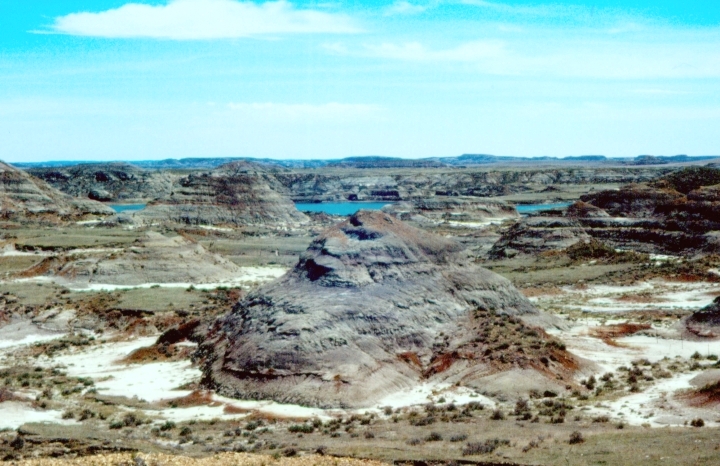
Recent paleontological studies have begun revealing patterns that don’t entirely align with the sudden extinction scenario. Detailed fossil analyses from sites in places like Hell Creek Formation in Montana and North Dakota show evidence that dinosaur diversity may have been declining gradually for hundreds of thousands of years before the asteroid impact. Some researchers have documented a steady decrease in dinosaur species richness throughout the late Maastrichtian stage, the final age of the Cretaceous period. This decline appears to have begun approximately 1-2 million years before the impact event. While these findings don’t negate the significance of the asteroid strike, they suggest that dinosaurs and other organisms may have already been under environmental stress when the asteroid delivered what might have been a coup de grâce rather than the sole cause of extinction.
The Role of Deccan Traps Volcanism
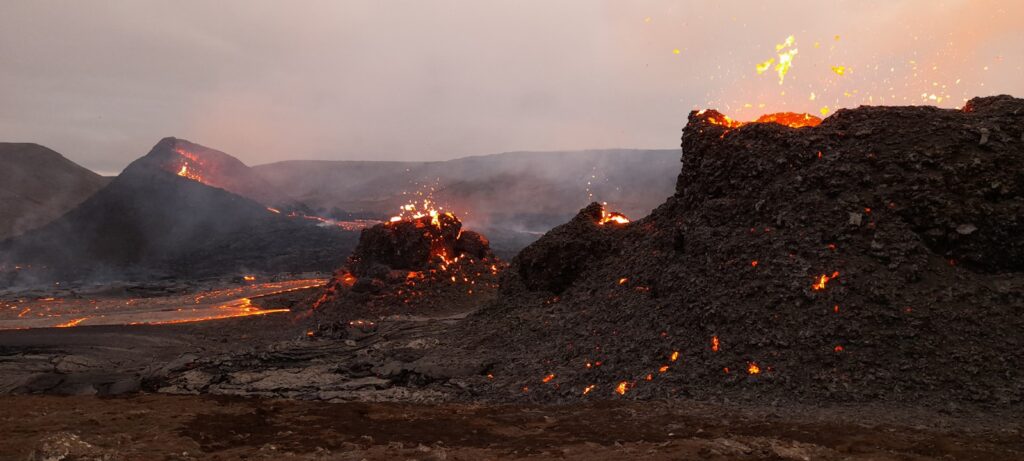
The massive volcanic eruptions of the Deccan Traps in what is now India represent another potential contributor to the end-Cretaceous extinction. These eruptions began before the asteroid impact and continued afterward, releasing enormous quantities of carbon dioxide, sulfur dioxide, and other gases into the atmosphere. Recent high-precision dating of Deccan basalts indicates that the most intense phase of volcanic activity may have occurred within about 50,000 years of the impact event. The environmental effects would have been profound, including global warming from carbon dioxide, followed by cooling episodes due to sulfur aerosols, along with acid rain and ocean acidification. Some paleontologists argue that these sustained volcanic perturbations may have created progressive ecosystem stress over hundreds of thousands of years, weakening the resilience of many species before the asteroid impact occurred.
Ecological Selectivity of the Extinction
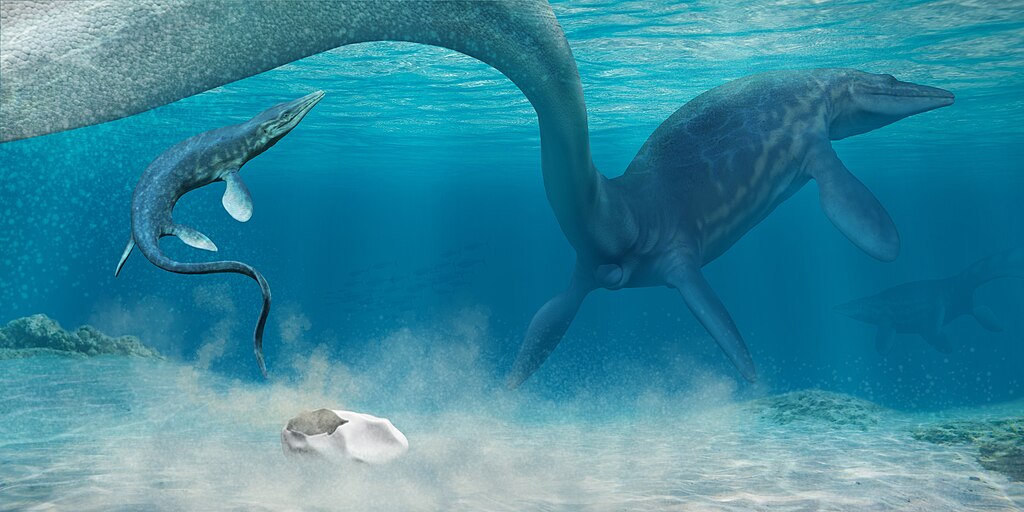
The pattern of which organisms survived and which perished during the end-Cretaceous extinction provides important clues about its tempo and mechanism. The extinction was notably selective, with different groups showing variable responses. Large-bodied land animals, particularly non-avian dinosaurs, suffered complete extinction, while certain groups like crocodilians, turtles, mammals, and birds experienced much higher survival rates. In marine ecosystems, ammonites, mosasaurs, and plesiosaurs disappeared entirely, while many fish lineages persisted. This selectivity is difficult to explain with a single, instantaneous extinction mechanism. Instead, it better fits a scenario of multiple stressors operating over different timescales, with various organisms having different vulnerabilities to specific environmental challenges. The selectivity pattern suggests a more complex and potentially longer-duration extinction process than previously envisioned.
Regional Variations in Extinction Timing
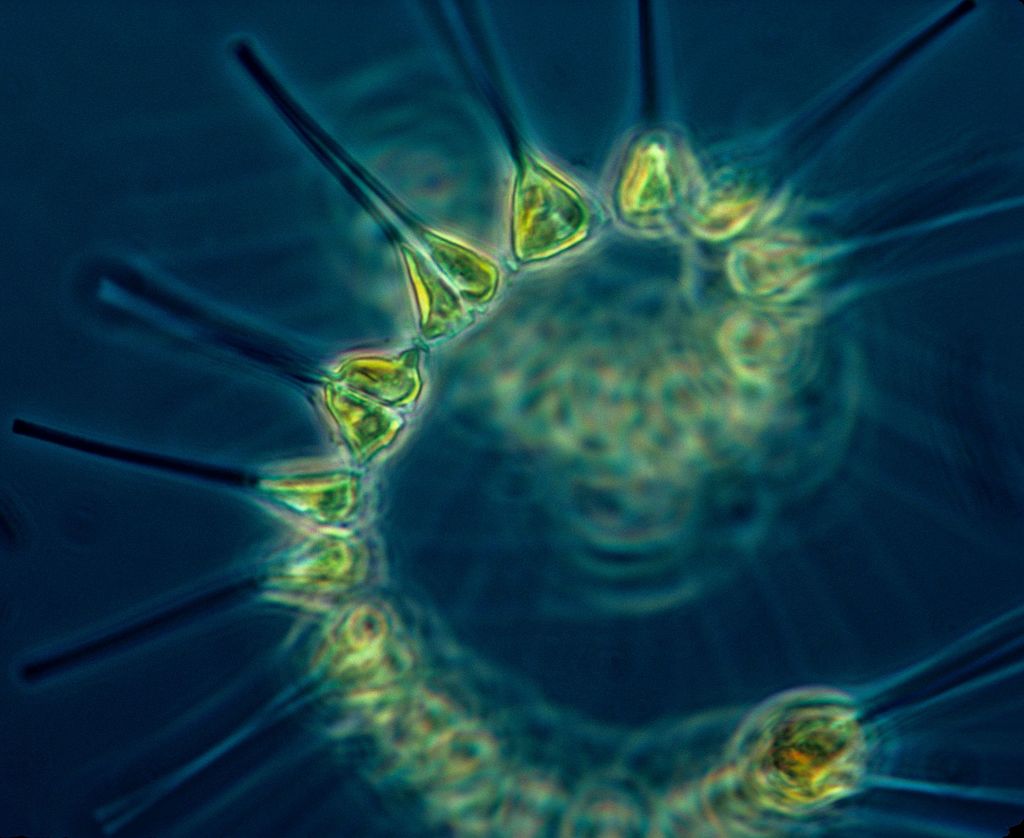
Another line of evidence suggesting a more prolonged extinction comes from geographic variations in the fossil record. Different regions around the world show slightly different timing and patterns of species disappearance at the end of the Cretaceous. For instance, some studies of marine microfossils indicate that certain plankton groups began declining hundreds of thousands of years before the K-Pg boundary in some regions, while persisting longer in others. Similarly, studies of pollen and plant fossils suggest regional variations in the timing and severity of plant extinctions. These geographic differences are difficult to reconcile with a single, globally instantaneous extinction event. Instead, they point to a more complex scenario where environmental changes affected different regions at different times and intensities, creating a geographically heterogeneous pattern of extinction that played out over a longer timeframe.
Climate Fluctuations Before the Asteroid
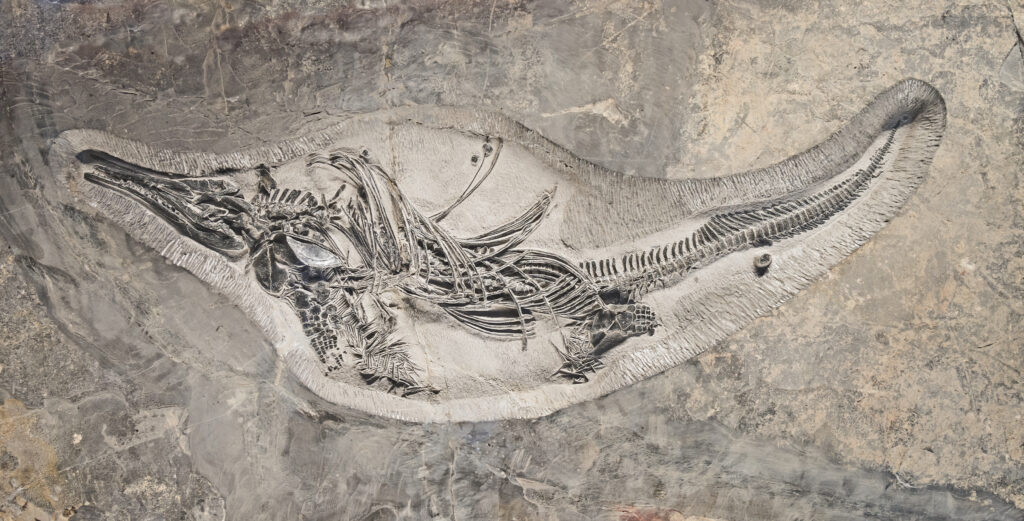
The late Cretaceous period experienced significant climate fluctuations that may have contributed to biodiversity stress before the asteroid impact. Oxygen isotope data from marine fossils indicate substantial temperature swings during the final million years of the Cretaceous. A pronounced warming period occurred approximately 300,000 years before the K-Pg boundary, followed by a cooling phase in the final 100,000 years. These temperature fluctuations would have forced species to adapt quickly or shift their geographic ranges to survive. Habitat fragmentation resulting from sea-level changes further complicated the picture, with marine regressions isolating populations and potentially reducing genetic diversity. These climate-driven stresses may have rendered many species more vulnerable to extinction when the asteroid impact occurred, supporting the idea of a multi-phase extinction process rather than a single catastrophic event.
The “Press-Pulse” Extinction Model
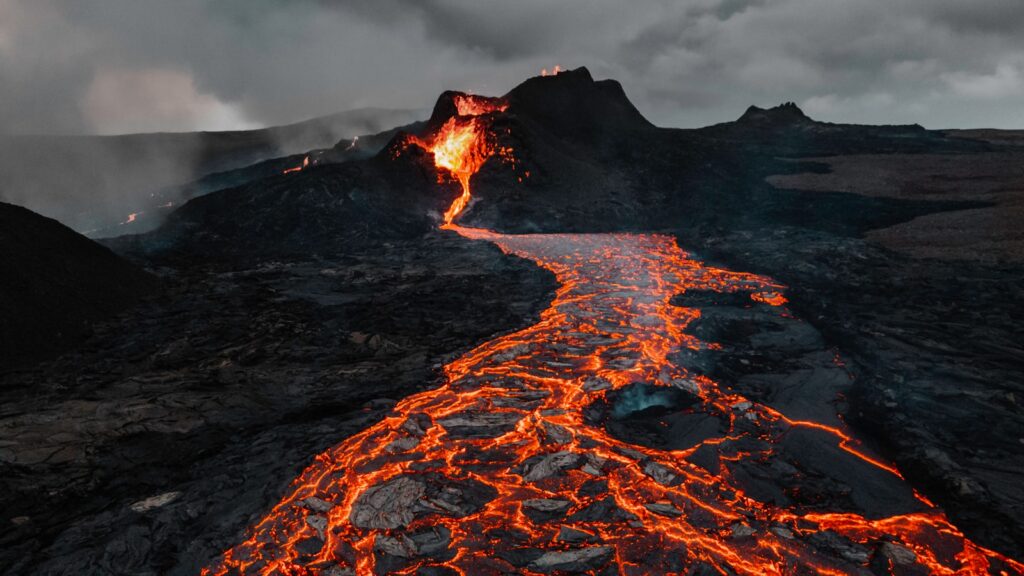
To reconcile the multiple lines of evidence, some scientists have proposed a “press-pulse” model for the end-Cretaceous extinction. In this framework, long-term environmental stressors like climate change and volcanism created background “press” conditions that gradually weakened ecosystems and reduced biodiversity over hundreds of thousands of years. The asteroid impact then delivered a sudden “pulse” disturbance that pushed already-stressed ecosystems beyond their resilience thresholds, triggering widespread extinctions. This model acknowledges both the catastrophic role of the impact and the importance of longer-term environmental deterioration. The press-pulse scenario offers a more nuanced understanding of the extinction than either a purely gradual or purely catastrophic explanation, suggesting that the pace of the extinction varied for different groups and regions, unfolding over a longer and more complex timeline than traditionally portrayed.
Challenges in Reading the Fossil Record
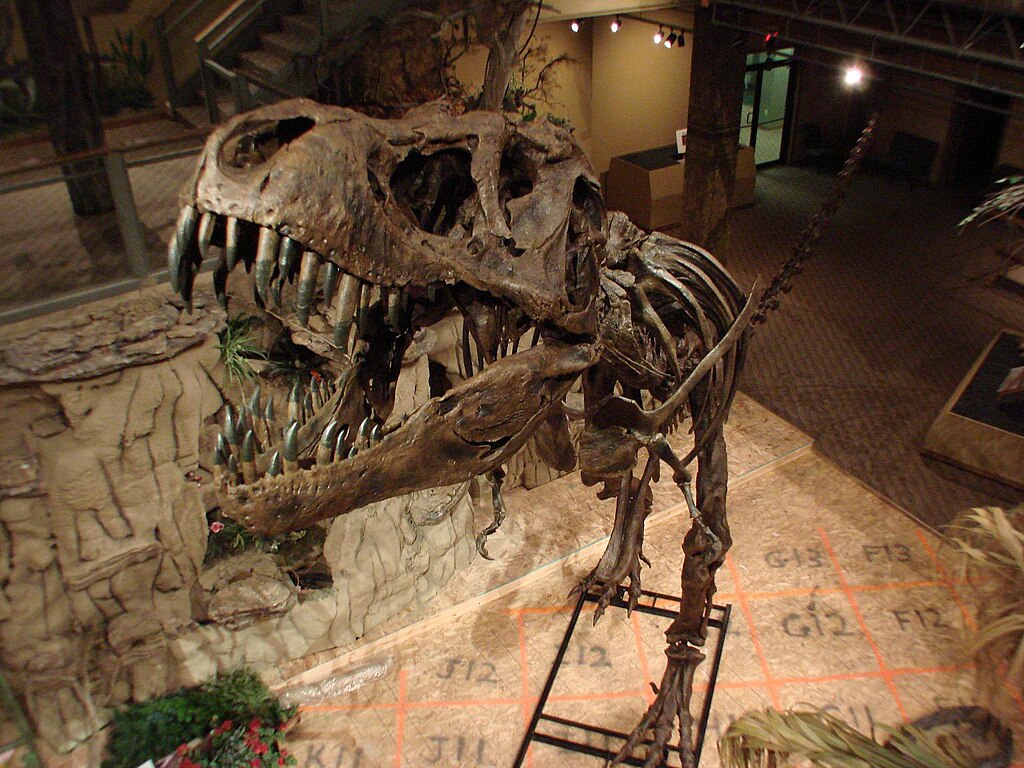
Part of the debate about the extinction’s timing stems from inherent limitations in the fossil record itself. The preservation of fossils is subject to numerous biases, with many organisms leaving few or no traces in the geological record. Even for well-preserved groups, the resolution of dating methods can be insufficient to determine precisely when the last members of a species existed. The “Signor-Lipps effect” further complicates interpretation, as the last preserved fossil of a species almost certainly predates the actual extinction of that species. This creates an illusion of gradual extinction even when the true pattern was more sudden. Additionally, the rarity of continuous, undisturbed sedimentary sequences spanning the K-Pg boundary means that researchers must often piece together evidence from different locations, introducing potential errors in correlation. These challenges make it difficult to determine with certainty whether observed patterns represent truly gradual extinction or artifacts of an incomplete fossil record.
New Research Methods Revealing Extinction Patterns
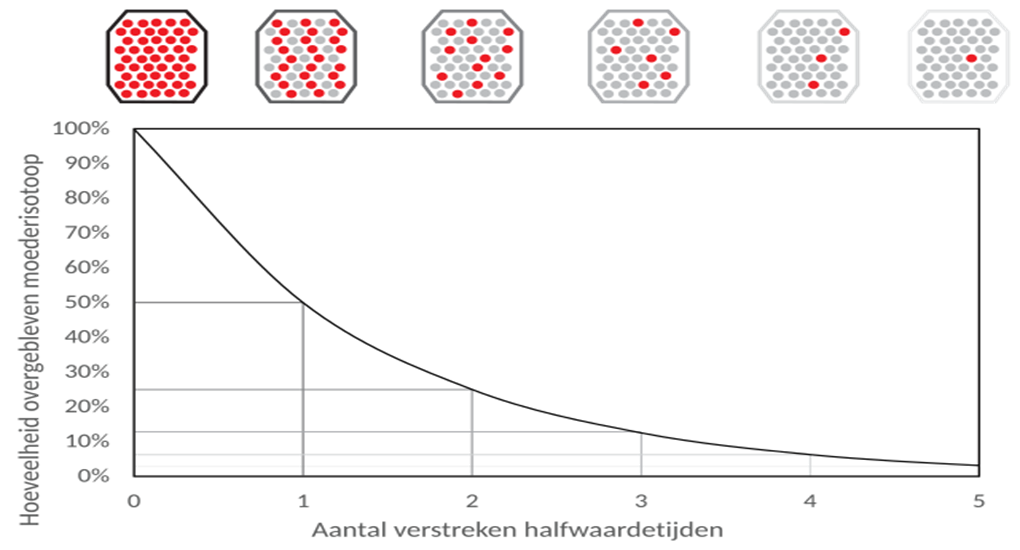
Technological advances are helping scientists develop a more nuanced understanding of the end-Cretaceous extinction timeline. High-precision radiometric dating techniques, particularly uranium-lead geochronology, now allow researchers to date volcanic ash layers within tens of thousands of years of accuracy—a remarkable improvement for events occurring 66 million years ago. Statistical approaches like confidence intervals on stratigraphic ranges help quantify uncertainty in extinction timing due to sampling limitations. Sophisticated biogeochemical proxies extracted from fossils, sediments, and ancient soils provide insights into temperature, carbon cycle perturbations, and other environmental parameters before, during, and after the extinction. Computer modeling of climate and ecosystem dynamics helps test hypotheses about how different stressors might have affected ancient ecosystems over various timescales. Together, these methodological advances are helping resolve the tempo of the extinction with unprecedented detail, revealing a more complex pattern than either the purely catastrophic or purely gradual scenarios.
The Recovery Timeline
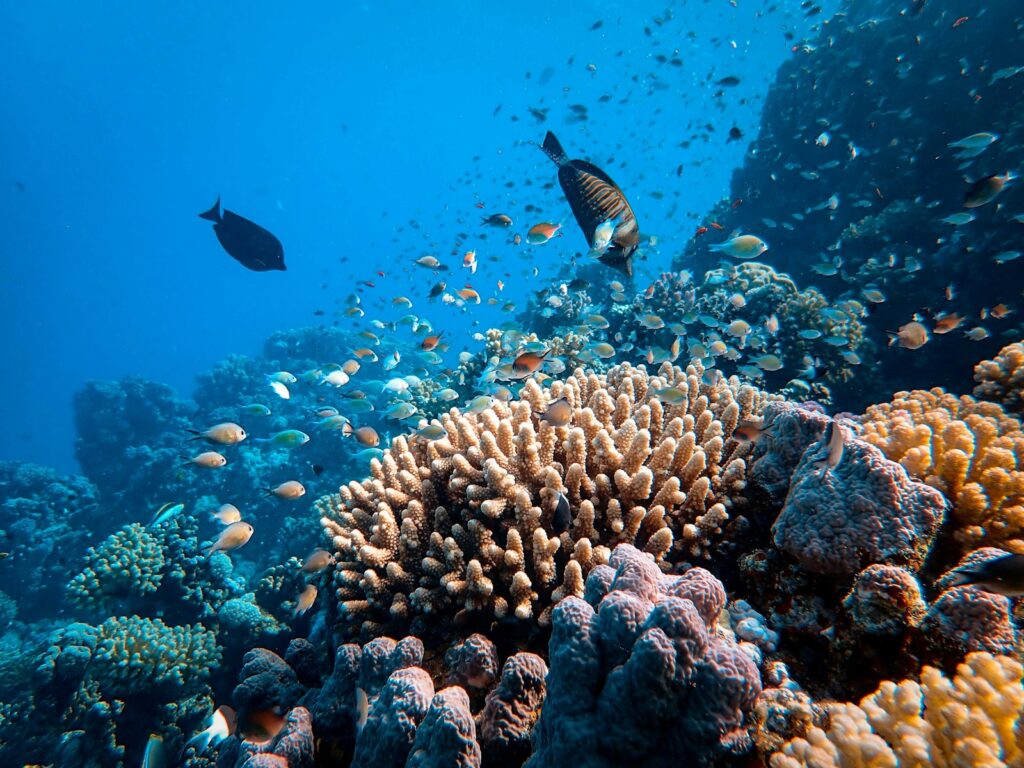
The pattern of ecosystem recovery after the extinction event provides additional clues about the nature of the extinction itself. Following the K-Pg boundary, terrestrial ecosystems underwent a prolonged recovery period that lasted hundreds of thousands to millions of years. The initial post-extinction landscape was dominated by ferns, suggesting widespread forest destruction consistent with a catastrophic scenario. However, the subsequent ecological succession proceeded in distinct phases, with different groups recovering at different rates. Mammals, for instance, began their dramatic diversification approximately 300,000 years after the boundary. Marine ecosystem recovery was similarly protracted and selective. This extended, multi-phase recovery pattern may reflect not just the severity of the extinction but also its complex nature. If the extinction involved multiple environmental stressors operating on different timescales, the recovery would likewise show a complex pattern as different aspects of the environment normalized at different rates.
Implications for Understanding Other Mass Extinctions
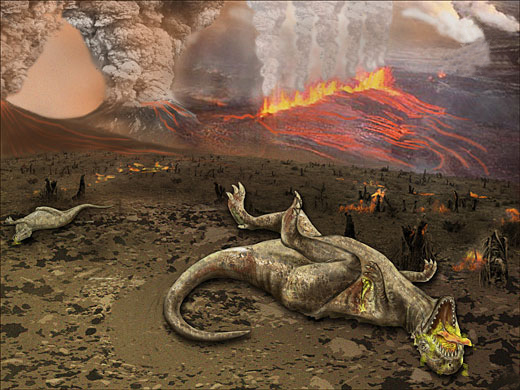
The evolving perspective on the end-Cretaceous extinction has important implications for how we understand other mass extinction events in Earth’s history. The “Big Five” mass extinctions have traditionally been categorized based on whether they were primarily caused by sudden catastrophes or by gradual environmental changes. However, the emerging view of the end-Cretaceous extinction as a complex event involving both gradual stressors and acute catastrophe suggests that this dichotomy may be oversimplified. Other major extinctions, such as the end-Permian or end-Triassic events, might similarly have involved interactions between long-term environmental deterioration and more sudden triggering events. This reconceptualization encourages paleontologists to look more carefully at the tempos of all mass extinctions, seeking evidence of both press and pulse dynamics rather than assuming a single mode of extinction. It also highlights the vulnerability of ecosystems to compound stressors—a lesson with sobering implications for biodiversity conservation in our current era of environmental change.
Relevance to the Current Biodiversity Crisis

The debate about the pace of the end-Cretaceous extinction holds valuable lessons for understanding the current biodiversity crisis. Today’s global ecosystems face multiple simultaneous threats, including climate change, habitat destruction, pollution, and overexploitation—a situation that parallels the multiple stressors that may have characterized the end-Cretaceous extinction. If dinosaurs and other Cretaceous organisms were already declining due to environmental challenges before the asteroid impact delivered the final blow, this suggests that the combination of gradual and acute stressors can be particularly devastating to biodiversity. This perspective underscores the importance of addressing ongoing environmental degradation before ecosystems reach critical tipping points. While modern species are not facing an imminent asteroid impact, they are experiencing rapid climate change and habitat loss that could interact synergistically to accelerate extinctions. The complex end-Cretaceous extinction scenario reminds us that ecological destabilization can unfold through multiple pathways and at different rates, making ecosystem resilience crucial for species survival.
The Ongoing Scientific Debate

The question of the end-Cretaceous extinction’s tempo remains actively debated in scientific circles, with passionate advocates on different sides. Some researchers maintain that the asteroid impact was so catastrophic that any pre-impact diversity decline is relatively inconsequential to the overall extinction pattern. They point to the precise alignment of the iridium anomaly with the disappearance of many groups in well-studied sections as evidence for a geologically instantaneous extinction. Other scientists emphasize the mounting evidence for environmental stressors before the impact and argue that the extinction must be understood as a protracted event with multiple phases. The debate is complicated by the different methodologies and geographic focuses of various research groups. Some focus primarily on marine microfossils, while others concentrate on terrestrial vertebrates or plants, leading to different perspectives on the extinction’s timing. This ongoing scientific conversation illustrates how paleontological understanding continues to evolve as new evidence emerges and analytical methods improve.
Conclusions: A More Complex Extinction Scenario
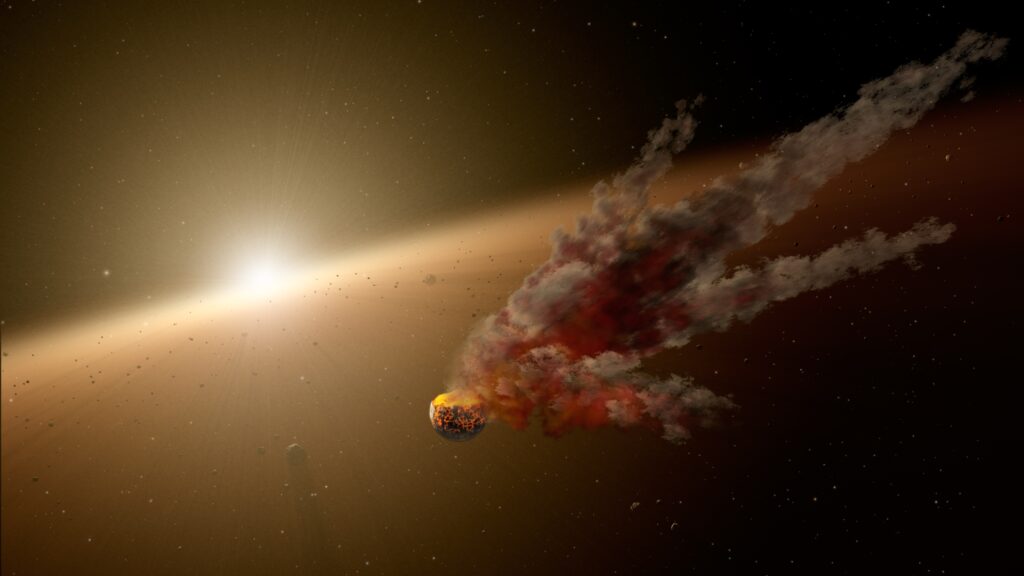
The traditional view of the end-Cretaceous extinction as a sudden, asteroid-triggered catastrophe is giving way to a more nuanced understanding of this pivotal moment in Earth’s history. While the Chicxulub impact remains a central element in the extinction narrative, mounting evidence suggests that the disappearance of dinosaurs and numerous other species likely unfolded through a more complex sequence of events spanning thousands to hundreds of thousands of years. The emerging picture involves interacting stressors, including climate fluctuations, volcanic activity, and ultimately the asteroid impact, with different groups of organisms responding according to their ecological vulnerabilities. This revised perspective doesn’t diminish the dramatic nature of the extinction but rather enriches our understanding of how multiple environmental factors can combine to drive biodiversity loss. As research continues with increasingly sophisticated methods, we can expect further refinements to this evolving story of how life on Earth experienced and ultimately recovered from one of its most profound transitions.




